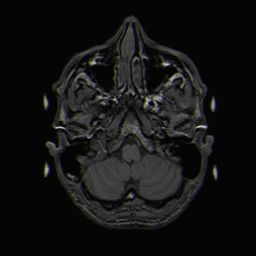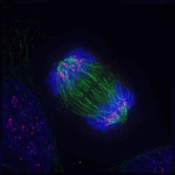Early Embryogenesis
Contents
Early Embryogenesis and ASD
- History
Those with ASD are highly heterogeneous in symptom severity, genetic composition, and comorbid conditions. Despite this, much research in Autism Spectrum Disorders focuses on discrete abnormalities that are seen in ASD individuals. It is generally accepted that autism is caused by variants in many different genes. However, it is unknown how a particular genetic composition leads to the development of autism. Some researchers assert that a developmental approach to research would elucidate the development of ASD and help piece together genetic, neuroimaging, and other findings about ASD. Embryogenesis has largely been conserved throughout species because of the importance of this stage. Imprinting may contribute to the 4:1 ratio of affected males to females diagnosed with ASD.
Disturbances during early embryogenesis would explain the heterogeneity in, symptoms, comorbidities with other psychiatric disorders such as ADHD, and physical abnormalities displayed by those with ASD. Several animal and human studies have shown that disturbances during early embryogenesis can trigger various structural and psychiatric effects. Although the theory is difficult to test, supporters assert that the hypothesis could be tested through:
- Animal studies where the early embryogenesis is disturbed.
Neurodevelopmental and other structural abnormalities can be related to a particular time.
- Large human study with people with ASD.
Examine whether specific anomalies (including but not limited to brain deviations, organ dysfunction) are randomly spread over the sample or if there are subgroups of anomalies that co-occur. Specific psychiatric conditions could be associated with specific stages/disturbances: for example, exposure to thalidomide during early organogenesis results in a variety of anomalies including autism, but not schizophrenia.1
- Theory
Supporters of a early organogenesis hypothesis believe disturbances (both genetic and environmental) during early organogenesis cause the pleiotropic effects seen in autism.1
Criticisms
Ways to ascertain hypothesis
 Neuroimaging
Neuroimaging
 Genetics
Genetics
Animal Models
Citations
1. Ploeger A. et. al. The association between autism and errors in early embryogenesis: what is the causal mechanism?Biol Psychiatry. 2010 Apr 1;67(7):602-7. PMID 19932467